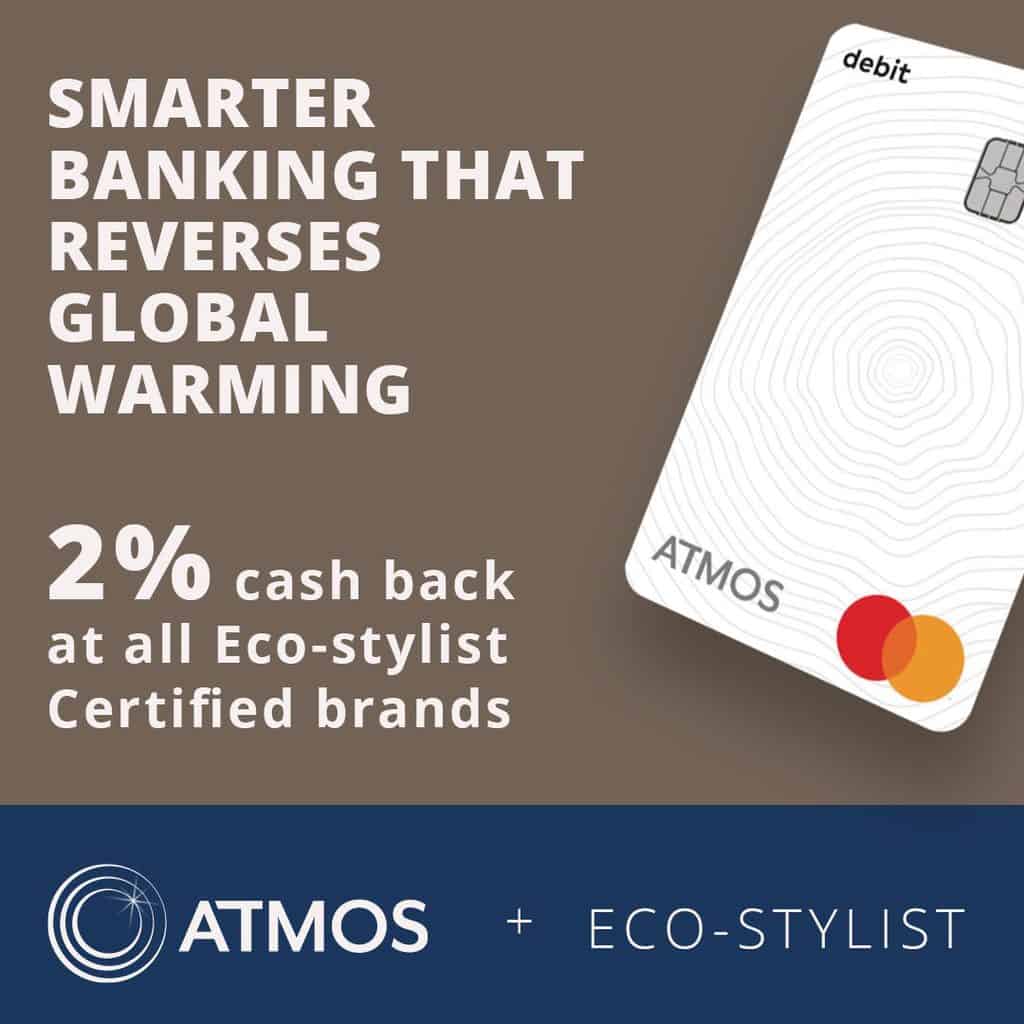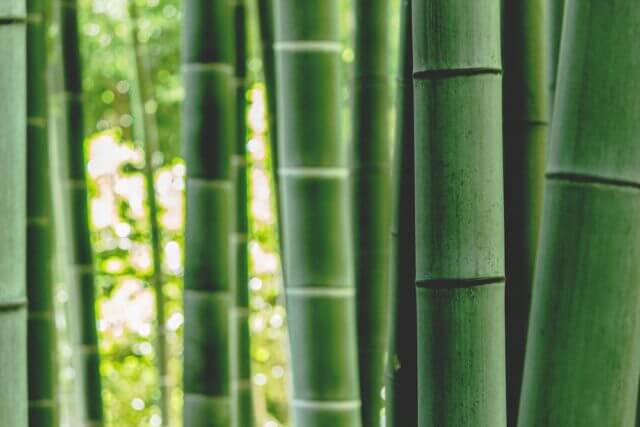
Are you ready to learn about the incredible benefits of bamboo fabric and how bamboo fiber is processed and made into the products we love and enjoy? Bamboo clothing is gaining attention for its sustainability, soft feel, breathability and the durability bamboo material provides.
People love having items like clothing or bedding that combine comfort with looks while also being good to Mother Nature – such versatility makes bamboo fabric a great choice! We’ll look at all the unique characteristics of the bamboo plant, the manufacturing process of the linen as well as all the various products which can be made from bamboo. After looking at the production process, together with its pros and cons, we will provide tips on selecting quality materials – giving you more bang for your buck.
Has your interest peaked? Let’s dive in!
What Makes Bamboo Fabric A Top Choice?
The timeless allure of bamboo fabric is a fashion secret, dating back to the 1920s that’s gaining a modern spotlight. It has been a popular material and fabric used popularly in Asian countries like Japan, Indonesia and China. However, bamboo fabrics only entered into the commercial markets in the early 2000s.
Bamboo material has excellent properties and is suitable for making bamboo furniture. Bamboo furniture is a traditional form of furniture made from bamboo with a low degree of industrialisation. The diverse development methods and profound cultural meanings behind bamboo furniture should be further explored to strengthen inheritance and innovation.
In today’s world, more and more individuals are recognizing the comfort and eco-friendliness that this material brings, prompting a desire to delve into what sets bamboo material apart. With its remarkable growth rate, some bamboo species can reach an astounding four feet in just one day! This fast-paced plant requires minimal resources, making it an environmentally conscious choice.
Is Bamboo Sustainable?
Bamboo is a sustainable fabric game-changer that offers a great eco-friendly alternative to cotton. Unlike cotton, which requires a lot of water and chemical fertilizers during its growth cycle, bamboo has natural antimicrobial properties which help ward off bacteria, fungi and pests. To transform bamboo stalks into the perfect fabric, a simple method takes place – the bamboo plant is ground into fibers, then spun by large machines, ready to become the threads that make your favorite clothing.
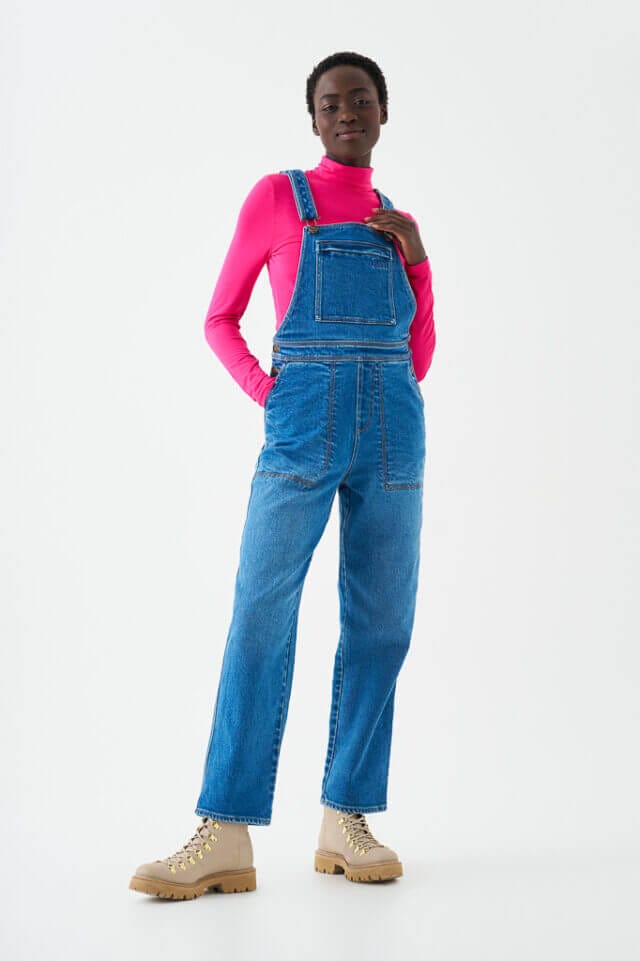
Once the fibers are ready, machines in factories worldwide knit or weave them into fabrics. You get to decide the texture of your product (whether you prefer it coarse or fine) and different mechanical processes are used to achieve that. After all these steps, these fiber-based products end up feeling like silk or fine cotton but pack a double punch as they are twice as strong as polyester.
Wearing bamboo fabric brings a bunch of perks. It keeps you cool in the heat and cozy in the cold, thanks to its absorbency. This fabric is also perfect for activewear! It is breathable, which means staying fresher for longer because bacteria can’t stick easily.
For an example of a bamboo clothing brand that sources the most comfortable and sustainable essentials fit for everyday life, check out BAM Bamboo (pictured here).
What is Bamboo Fabric?
Figuring out what bamboo fiber is, can be a bit tricky. Many people don’t even realize sustainable bamboo exists! It sounds like it’s some far-off novel, not something you would expect in your everyday wardrobe.
However, fashion stores everywhere are now selling clothes and shoes made from bamboo! So what exactly is it? Bamboo fabric comes about by intertwining together natural strands of bamboo pulp which eventually creates a soft silk-like cloth textile. This fabric has a unique surface which can be likened to cashmere or cotton.
What Are The Properties of Bamboo Clothing?
The fabric has super breathability and insulation. To get it ready for threading, the fibers go through a process of crushing and anti-static treatment to make them more flexible.
Bamboo is porous, it can soak up three times more water than other fabrics – great for humid climates. Bamboo doesn’t collect bacteria or odors. It’s hypoallergenic, making a perfect match for folks with sensitive skin. It’s practical and comfy all in one!

Uniqueness and Benefits of Bamboo Fabric
Bamboo and its fabric have sparked a lot of talk about their unique qualities and perks. The fabric comes from the pulp of bamboo plants and is first ground down into fine fibers.
These fibers are used to weave fabrics like linen, twill or satin. What makes bamboo special is its lightweight feel and breathability – it keeps things comfy, regulating temperature in both hot and cold weather. It’s like having comfort, tailor-made for any climate.
Bamboo has certainly become a popular choice for everyday items like clothing and bedding. It is germ-fighting with antibacterial powers and its toughness makes it ideal for daily-use items.
Its many benefits are the reason that people are increasingly turning towards bamboo – it is comfy, eco-friendly and budget-friendly. The fiber is biodegradable and resistant to odors, making it an all-around great choice.
Step by Step Process of How Bamboo Fabric is Made
To understand why people are so drawn to this amazing material, you need to learn more about how it’s made. It begins with harvesting the raw bamboo plants; depending on which type of plant is used, that could mean cutting them from ground level or just taking certain shoots by hand.
After collecting the bamboo plant matter, the plant is cut into small pieces, then passed through machines designed to strip away its outer skin until only a soft inner fiber remains and/or bamboo cellulose. This effectively creates what we know today as bamboo fabric!
The fibers get a heat treatment to make them flexible so they can be spun into fine threads, using a spinning machine and spindles. Once the threads are achieved, traditional weaving methods like; hand-weaving or loom weaving, are used to turn them into threads.
To achieve different textures with extra stretch and breathability, chemical processes like knitting can be used. To make the final product even better, anti-bacterial treatments or color dyeing can be used before the product is ready for use.
In earlier times, bamboo was created solely by artisan weavers but now thanks to rapid advancements in technology, this process is sped up without significantly weakening its quality standard. Nowadays, it’s much easier to find bamboo fabric – it can be found in high street stores stocking their own ranges of eco-friendly products all through independent makers selling stuff online. A more in-depth breakdown of the production process is available in this research, for your reading pleasure.
Types of Bamboo Fabric & Use of Bamboo Products

With the rise in demand for natural fibers, many are considering bamboo as a substitute for synthetic material. However, not everyone realizes that there is a difference between bamboo linen and bamboo fabric.
Bamboo linen uses long inner fibers from plants, while the bamboo fabric is crafted from refined versions of those very fibers. Essentially, these fibers go through a thorough process, to become clothing and other items.
Bamboo linen is much softer than regular cotton, because of its silky texture. However, caring for it can be a bit tricky due to its delicate nature. Bamboo fabric tends to be stronger and easier to maintain.
The process in which manufacturers create this type of fabric varies accordingly, but usually involves either boiling or steaming the woody stems until they are soft enough to be turned into threads or sheets. The variety available when shopping around for different types of bamboo fabric will surprise most people – towels & bedding lines to t-shirts & sweaters all the way up to curtains & furniture covers can be easily sourced from numerous places.
Accessories such as bags and hats could also be made out of this durable material. If you want something fresh either on your wardrobe lookbook or home decorating projects then bamboo products are worth the consideration!
How Sustainable is Bamboo Fabric Production & The Chemical Process?
The process of bamboo fabric begins with harvesting raw materials from plantations. Bamboo fabric is made sustainably by cutting only sections of each stalk instead of felling an entire plant; which helps keep vital nutrients in the soil, whilst causing minimal disruption to nearby surroundings.
After this, the stalks of bamboo are chopped into smaller pieces and subsequently boiled to remove any natural waxes. These chunks then get treated with steam and pressed for weaving or knitting fabric out of them. Although bamboo linen production aims to take a more safer approach to its manufacturing process; advocating that no harsh chemicals or dyes that can end up polluting the air or creating waste, doing your own product research is important to ensure safety and confirm certifications because there are different variations of bamboo fabric and each follows a process specific to the desired fabric.
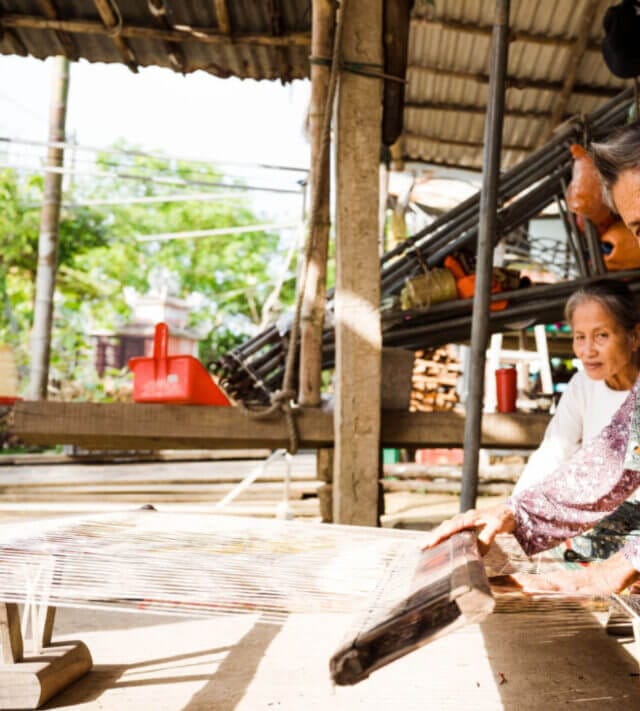
Bamboo is a sustainable fabric. However, there still exists certain negative environmental impacts associated with it, like energy consumption during its production process – which is a major concern. Every step taken during the entire course requires a significant amount of electricity as multiple machines run simultaneously throughout day & night cycles.
The use of machines has undoubtedly made human life easier, but it comes with a cost. It takes up large amounts of energy to keep the machines running, putting stress on resources like coal and gas power plants – adding to global warming in the process. Unfortunately, there are also no specific regulations which monitor how long these factories run or their usage of energy so that results in more pollution being released into our atmosphere than necessary. This is an issue which still needs to be addressed and resolved.
Viscose bamboo and bamboo rayon are popular synthetic materials, which have a surprising source – the pulp of trees and plants, including the eco-champion, bamboo.
While bamboo linen is hailed as a sustainable superstar compared to traditional trees, it is important to highlight that the pulp of the bamboo plant (used in the production of viscose and rayon bamboo) still goes through a not-so-green chemical process. This not only poses a threat to the environment but also impacts the communities around the production hubs.
It has also been discovered that the dangerous chemicals involved in the manufacturing process of this viscose fabric, aren’t always being monitored, which has led to environmental issues and health hazards.
The same chemical method used in the production of bamboo rayon fabric, which is a fabric which goes through great chemical strain during production, is also used to create bamboo rayon, which is just as hazardous.
It is also important to be mindful of the fabric’s tendency to shrink more rapidly than cotton, adding a touch of special care to your laundry routine. Given its water-loving nature, bamboo takes its time to dry, requiring more energy in the dryer.
To find out more about the detailed pros and cons of the fabric read this guide. Additionally, this article by Eco-Stylist Certified brand Iron Roots sheds some light on the dangers of bamboo variations like viscose and/or bamboo rayon, and their impact on the environment and communities.
How To Use Bamboo Fiber
Bamboo fabric is becoming increasingly popular and it’s not hard to understand why. Its texture is incredibly soft, plus breathable qualities and sustainability have made it gain popularity. What makes bamboo special? It is lightweight and silky-smooth that is perfect for the use of summer clothing made from bamboo or even cozy baby bedding.
Bamboo fabric is like a breeze for your body because it’s full of tiny holes which allow for great airflow. This ensures that your body temperature stays cool while you wear it.
Not only that but this type of fiber also absorbs moisture very quickly so you won’t feel too hot or uncomfortable in what you are wearing. Plus the natural antibacterial qualities reduce bad odors even after multiple washes!
Bamboo fabric is created when the fibers are broken down into tiny bits before being spun into threads – a process that uses less energy compared to customary techniques for producing synthetic fabrics such as polyester or nylon. When these threads are weaved together they form a tough & scalable material which can be shaped into any kind of clothing item you desire!
Where to Shop Sustainable Brands with Bamboo Clothing

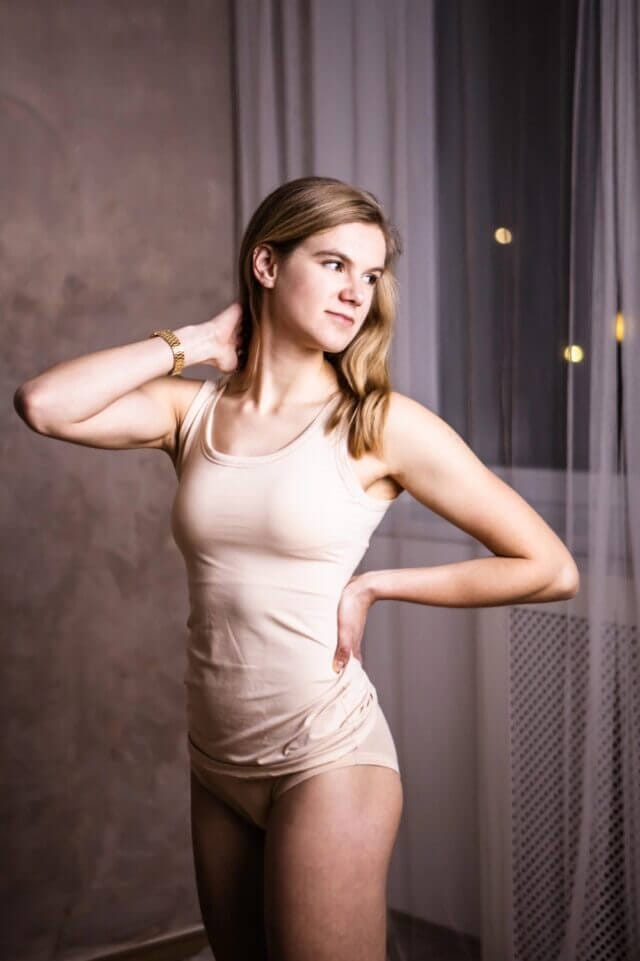
Two good options to explore are the Eco-Certified brands BAM Bamboo and ETRE Organic Underwear. Check out what they have to offer & take action towards creating a greener future!
Find Out More About Sustainable Fabric & Make A Difference
Are you curious to get a deeper understanding of sustainable fabrics? You’re in luck – Eco-Stylist has got your back with our comprehensive guide on the best and worst options.
This resource is jam-packed with all the information that you need when it comes to smarter shopping choices, including general sustainability reviews for certain types of fabric as well as suggestions about how you can decrease environmental impact.

Santabaya is a versatile South African copywriter and screenwriter known for her dual focus on sustainable fashion and thought-provoking narratives delving into the complexities of the human experience and addressing pressing social and economic issues.





